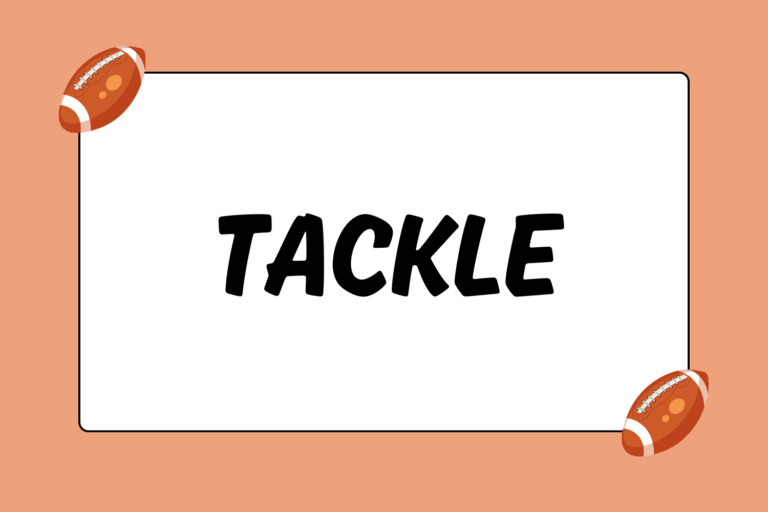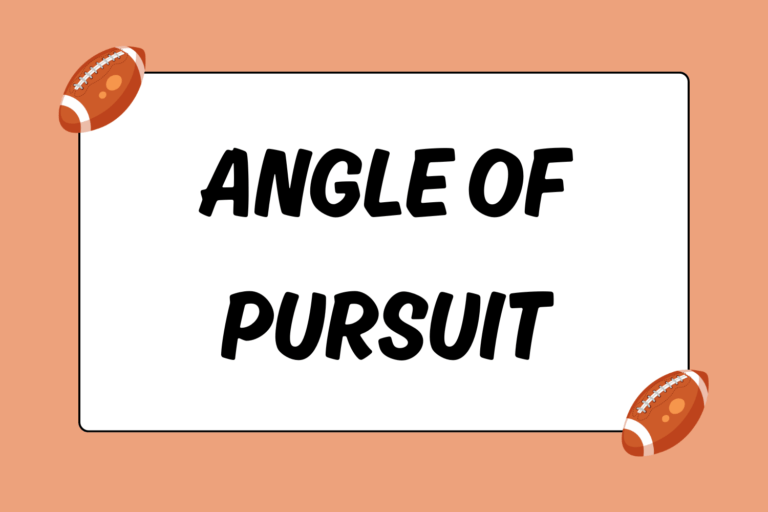The football snap is similar to starting up a car: You don’t really pay attention to it until something goes wrong. And much like driving a car depends on starting the engine, the action in a football game relies on the snap.
As with most football-specific maneuvers, the rate of success depends directly on the player’s grasp of the technique. The snap may look overly simple — the center picks the ball up off the ground and moves it backwards into the quarterback’s hands. However easy it may appear, there’s a bit more to executing a successful snap than that. This guide examines the quarterback’s (QB) role in taking the ball from the snap.
Mental Edge
Just like the act of throwing a pass, the particulars of both snap techniques vary from one center-QB combination to the next. While the information here does accurately depict s the techniques in general, it by no means details the only way to take the ball from the snap.
The Two Types of Snaps
Depending on the play being run, the offensive formation being used, or the overall scheme employed by the coaches, the play starts with one of two types of snaps:
- Under center: This snap occurs when the quarterback lines up immediately behind the center, and the QB puts his hands between the center’s legs.
- Shotgun snap: When the quarterback (or running back, in some instances) lines up several yards behind the center, and the ball has to travel through the air, it is a shotgun snap.
Under Center Snap
Until recently, the under center (or under the center) snap was by far the more common of the two snap types. However, with the increase in popularity of spread and pass-friendly offenses, the shotgun snap is being used more and more frequently. Still, the under center snap will likely never lose its place as the primary type of snap.
When using the under center snap, the QB crouches down slightly behind the center — not so low that he can’t see over the center’s back, but low enough that the QB can easily position his hands to receive the ball properly. Here are a few pointers on proper hand position:
- Hand formation: The QB’s hands should extend horizontally. The dominant (passing hand) is on top, palm down, while the other hand is underneath it, palm up. The hands should be open and meet at the heels, with the bottom hand extending down at a 65- to 70-degree angle. The fingers should be spread to cover a greater area of the ball.
- Hand placement: The top (dominant) hand should be flat against the center’s back side, and far enough in so that the entire hand can touch the ball once it’s been snapped. The bottom hand should be open enough to grasp the entire width of the football, but not open any more than 90 degrees.
The best way to understand where the QB should place his hands on an under center snap is to have the center snap the ball a few times by himself. As he does this, the QB should watch both where and how the ball travels, and then position his hands accordingly.
Shotgun Snap
Somewhat more perilous than the under the center snap, the shotgun snap provides an advantage not found in its counterpart: It cuts out the need for the QB to drop back. The quarterback has more time to get into position, locate a target, and throw the ball. The trade-off comes from the increased risk of the snap itself — the shotgun snap requires the center to blindly send the ball flying backwards through the air.
Because the ball travels through the air (rather than simply being handed off), centers employ an entirely different technique when snapping the ball in the shotgun formation. Unlike the under the center snap, the QB needs to study the pass-catching handbook before he goes under center:
- The hands should be approximately chest high.
- The fingers should be spread out and point mostly vertical.
- The hands should be a few inches apart, and at approximately a 45-degree angle from each other.
The resulting hand shape should look pretty similar to how a receiver holds his hands prior to catching a pass.
A Clean Transition
Regardless of which type of snap is used, cleanly transferring the ball between the center and QB is key. The snap will obviously look different depending on the type being used, but QBs and centers need to work on both types of deliveries in order to ensure success during a game. The more the duo practices, the easier it will be for both players to feel comfortable executing this maneuver automatically, rather than thinking about each part individually.





